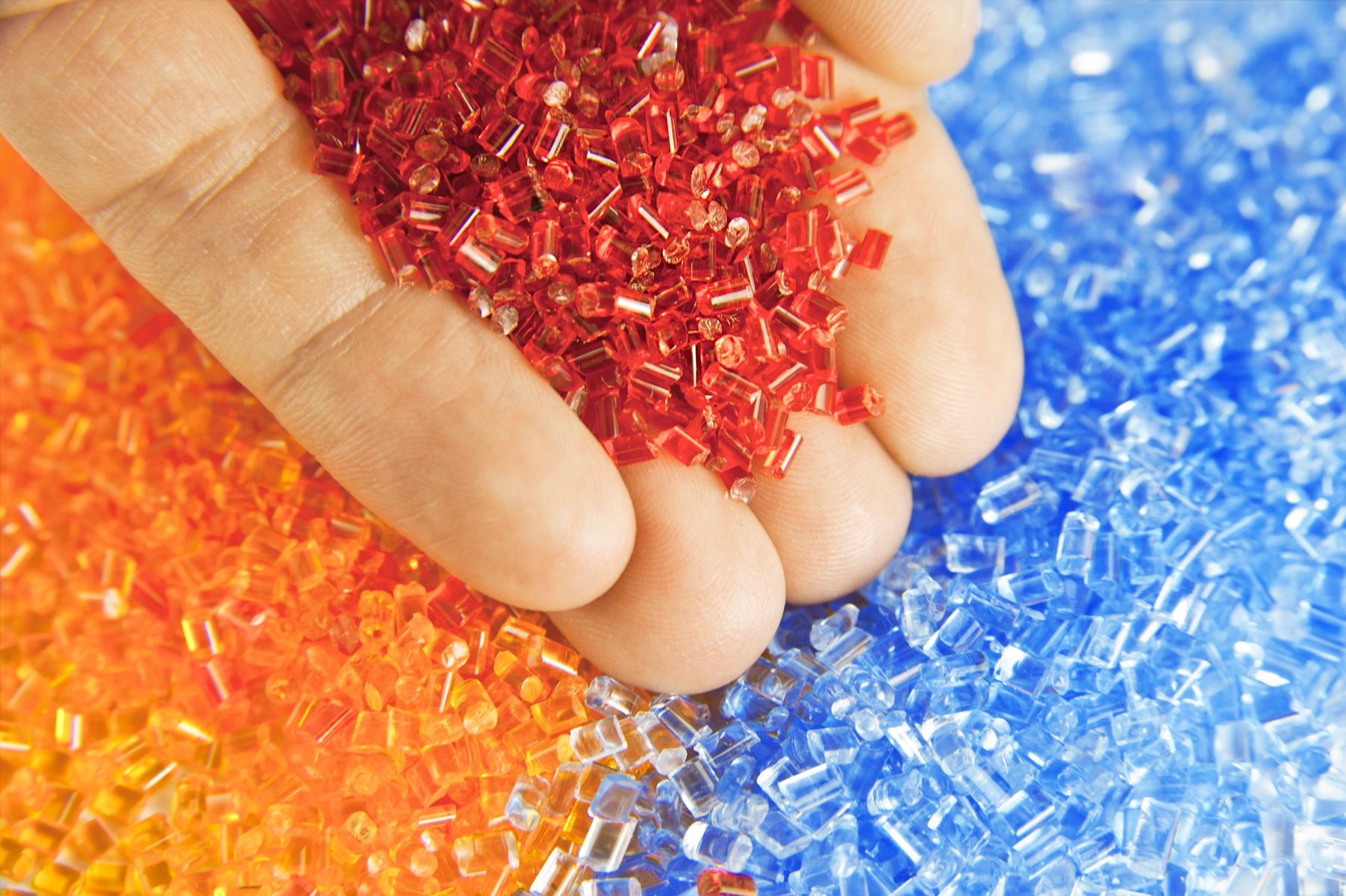
BROOKINGS, S.D. — The United States—and the rest of the world—has a plastic pollution problem.
Millions of tons of plastic are produced each year and are used in nearly every sector of American life. The chemical properties of plastic make it a near-perfect packaging material. Those same properties also make plastic an environmental nightmare.
“Plastic has become an indispensable component in the day-to-day lives of humans,” said Srinivas Janaswamy, an associate professor in South Dakota State University’s Department of Dairy and Food Science. “However, plastic is non-renewable and non-biodegradable and takes more than 700 years to disintegrate into microplastics and nanoplastics, contributing to severe environmental hazards with life-threatening situations to the land, aquatic and marine ecosystems.”
To curb this growing environmental crisis, researchers—including Janaswamy and two graduate students in SDSU’s Department of Dairy and Food Science, Sumi Regmi and Sandeep Paudel—are exploring possible biodegradable packaging alternatives to plastic.
Since 1950, when the mass production of plastics began, over 9 billion tons of plastic have been produced. Globally, it is estimated that 9% has been recycled and 12% has been incinerated, which means over 79% of all plastic has been discarded into the environment, according to a 2017 study. This has led to devastating environmental issues, particularly in the oceans where large islands of floating plastic garbage—most notably, the Great Pacific Garbage Patch—have emerged over the past two decades.
Researchers are also now aware of microplastics and nanoplastics—when plastics break into very small particles. Many of these small particles—still not biodegradable—are ingested by marine animals and eventually enter the human food chain. As of 2021, there were no known studies conducted on the effects of microplastics on humans conducted.
“Recent studies also suggest they are finding microplastics in the bodies of marine animals,” Regmi said.
Understanding this growing issue, finding alternatives to plastics, particularly plastic packaging, has been a focal point for researchers in recent years. Previous studies have found cellulose-based films to be a highly suitable replacement. However, these films possess little flexibility and elongation—two of plastic’s key traits.
“A new generation of biodegradable, renewable and non-toxic materials are being pursued, and among the several available choices, cellulose is highly suitable due to its biocompatibility, biodegradability, low toxicity and abundance,” Janaswamy said.
“The objective of this research was to develop a solution to overcome the problem of brittleness and significantly improve the flexibility of cellulose films,” Paudel said.
For this project, the research team added a plasticizer during film preparation because cellulose films lack flexibility and elongation. Plasticizers, like glycerol and sorbitol, are substances added to materials to soften them and can help improve a film’s flexibility and workability.
“Results reveal that glycerol-added films possess higher flexibility, solubility, water absorption and water solubility than sorbitol films, while tensile strength is high for sorbitol,” Janaswamy said. “More importantly, all the films biodegrade more than 80% at 24% moisture content within 30-60 days.”
Further avenues of research will continue to investigate cellulose-based films as an alternative to plastic packaging with an emphasis on the extraction of cellulose through agricultural byproducts. The team plans to use corn cobs and soyhulls as the cellulose source and make films.
“Our approach is novel because we used agricultural byproducts for the cellulose source,” Paudel said.
“The outcome offers novel insights into developing cellulose-based biodegradable packaging films for food, biomedical and pharmaceutical applications,” Regmi said.
